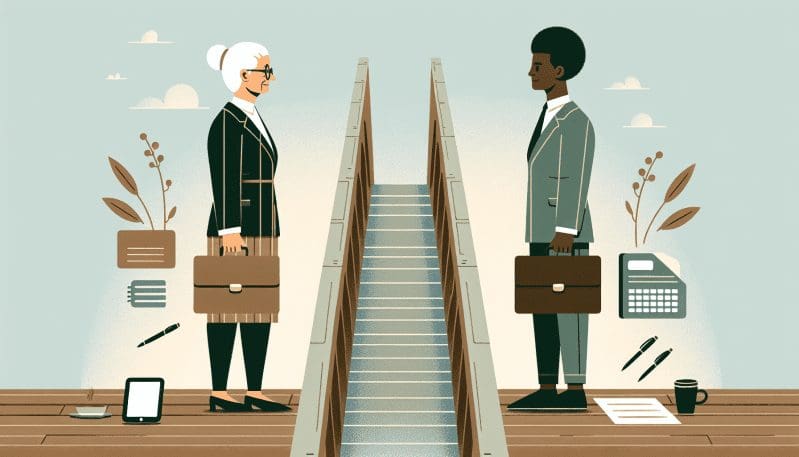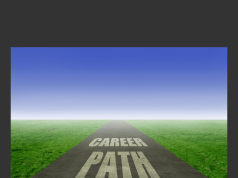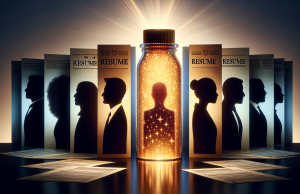In the tapestry of today’s workforce, threads of experience and innovation weave a complex pattern of potential and challenge. The age-diverse workplace, a melting pot of Baby Boomers, Generation X, Millennials, and Generation Z, represents a unique ecosystem where wisdom meets new ways of thinking, and tradition intersects with transformation. But how can organizations harness the strengths of such diverse age groups to create a harmonious and productive work environment? The key may lie in tailored professional development programs that act as bridges between generations.
Professional development is often seen as a means of individual career advancement, but its potential to unify and elevate a multigenerational workforce is profound. Customized training sessions can serve as common ground where employees of all ages learn from each other, exchange ideas, and develop a mutual understanding. For the seasoned professional, it might mean a deeper dive into emerging technologies or agile methodologies. For the younger employee, it might involve mentorship in leadership, communication, and strategic thinking.
The implementation of cross-generational mentorship programs is a prime example of professional development fostering meaningful connections. Veterans in the field pair with newcomers, fostering a two-way exchange of expertise and fresh perspectives. This symbiotic relationship benefits all parties: mature workers stay abreast of new trends and technological advances, while younger employees gain insights from years of experience.
Some compelling case studies illustrate the power of this approach. Companies like Deloitte have instituted reverse mentoring programs to great effect, closing the knowledge gap and building a culture of continuous learning. At the same time, initiatives like the AARP’s ‘Work Reimagined’ connect older professionals with training resources to keep their skills sharp and relevant.
These strategies do more than enhance career trajectories; they drive innovation and workplace harmony. When employees of varying ages understand and value each other’s viewpoints, they collaborate more effectively. This synergy sparks creativity and innovation, leading to business solutions that might not emerge in a more age-homogeneous environment.
For graduates entering this dynamic, age-diverse workforce, being adaptable and culturally competent is paramount. They play a crucial role in shaping a future of work that values adaptability and inclusivity. By engaging in professional development that emphasizes cross-generational collaboration, they set the stage for a career that not only ascends but also enriches the workplace with diversity of thought and experience.
In conclusion, age diversity presents a rich landscape of opportunities for both personal growth and organizational development. By embracing tailored professional development and mentorship, we create a fertile ground for understanding, respect, and collective progress. It’s in this fertile ground that the seeds of an innovative, inclusive future are sown – a future where every age is an asset, and every voice finds harmony in the collective pursuit of excellence in the workplace.

















![From TAOLabs: A New, Simplified Way to Learn in the Age of Chaos [30m60h90d] From TAOLabs: A New, Simplified Way to Learn in the Age of Chaos](https://theworktimes.com/wp-content/uploads/2025/05/ChatGPT-Image-May-13-2025-01_11_22-AM-238x178.png)







